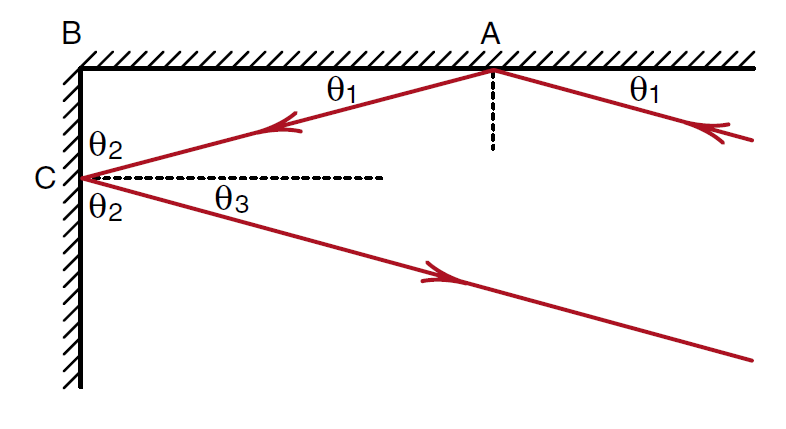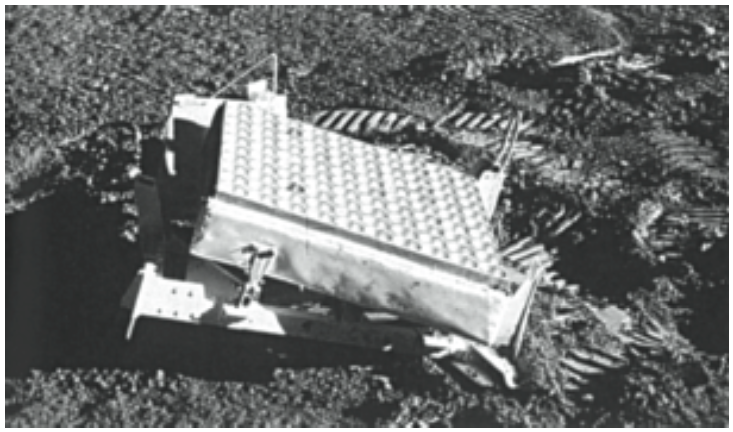
تاريخ الفيزياء

علماء الفيزياء


الفيزياء الكلاسيكية

الميكانيك

الديناميكا الحرارية


الكهربائية والمغناطيسية

الكهربائية

المغناطيسية

الكهرومغناطيسية


علم البصريات

تاريخ علم البصريات

الضوء

مواضيع عامة في علم البصريات

الصوت


الفيزياء الحديثة


النظرية النسبية

النظرية النسبية الخاصة

النظرية النسبية العامة

مواضيع عامة في النظرية النسبية

ميكانيكا الكم

الفيزياء الذرية

الفيزياء الجزيئية


الفيزياء النووية

مواضيع عامة في الفيزياء النووية

النشاط الاشعاعي


فيزياء الحالة الصلبة

الموصلات

أشباه الموصلات

العوازل

مواضيع عامة في الفيزياء الصلبة

فيزياء الجوامد


الليزر

أنواع الليزر

بعض تطبيقات الليزر

مواضيع عامة في الليزر


علم الفلك

تاريخ وعلماء علم الفلك

الثقوب السوداء


المجموعة الشمسية

الشمس

كوكب عطارد

كوكب الزهرة

كوكب الأرض

كوكب المريخ

كوكب المشتري

كوكب زحل

كوكب أورانوس

كوكب نبتون

كوكب بلوتو

القمر

كواكب ومواضيع اخرى

مواضيع عامة في علم الفلك

النجوم

البلازما

الألكترونيات

خواص المادة


الطاقة البديلة

الطاقة الشمسية

مواضيع عامة في الطاقة البديلة

المد والجزر

فيزياء الجسيمات


الفيزياء والعلوم الأخرى

الفيزياء الكيميائية

الفيزياء الرياضية

الفيزياء الحيوية

الفيزياء العامة


مواضيع عامة في الفيزياء

تجارب فيزيائية

مصطلحات وتعاريف فيزيائية

وحدات القياس الفيزيائية

طرائف الفيزياء

مواضيع اخرى
The Corner Reflector
المؤلف:
E. R. Huggins
المصدر:
Physics 2000
الجزء والصفحة:
993
2-1-2021
1723
The Corner Reflector
When two vertical mirrors are placed at right angles as shown in Figure (1), a horizontal ray approaching the mirrors is reflected back in the direction from which it came. It is a little exercise in trigonometry to see that this is so. Since the angle of incidence equals the angle of reflection at each mirror surface, we see that the angles labeled θ1 must be equal to each other and the same for the angles θ2 . From the right triangle ABC, we see that θ1 + θ2 = 90°. We also see that the angles θ2 + θ3 also add up to 90°, thus θ3 = θ1, which implies the exiting ray is parallel to the entering one. If you mount three mirrors perpendicular to each other to form the corner of a cube, then light entering this so called corner reflector from any angle goes back in the direction from which it came. The Apollo II astronauts placed the array of corner reflectors shown in Figure (2) on the surface of the moon, so that a laser beam from the earth would be reflected back from a precisely known point on the surface of the moon. By measuring the time it took a laser pulse to be reflected back from the array, the distance to the moon could be measured to an accuracy of centimeters. With the distance to the moon known with such precision, other distances in the solar system could then be determined accurately.

Figure 1: With a corner reflector, the light is reflected back it the same direction from which it arrived.

Figure 2: Array of corner reflectors left on the moon by the Apollo astronauts. A laser pulse from the earth, aimed at the reflectors, returns straight back to the laser. By measuring the time the pulse takes to go to the reflectors and back, the distance to that point on the moon and back can be accurately measured.
 الاكثر قراءة في مواضيع عامة في علم البصريات
الاكثر قراءة في مواضيع عامة في علم البصريات
 اخر الاخبار
اخر الاخبار
اخبار العتبة العباسية المقدسة

الآخبار الصحية















 قسم الشؤون الفكرية يصدر كتاباً يوثق تاريخ السدانة في العتبة العباسية المقدسة
قسم الشؤون الفكرية يصدر كتاباً يوثق تاريخ السدانة في العتبة العباسية المقدسة "المهمة".. إصدار قصصي يوثّق القصص الفائزة في مسابقة فتوى الدفاع المقدسة للقصة القصيرة
"المهمة".. إصدار قصصي يوثّق القصص الفائزة في مسابقة فتوى الدفاع المقدسة للقصة القصيرة (نوافذ).. إصدار أدبي يوثق القصص الفائزة في مسابقة الإمام العسكري (عليه السلام)
(نوافذ).. إصدار أدبي يوثق القصص الفائزة في مسابقة الإمام العسكري (عليه السلام)


















